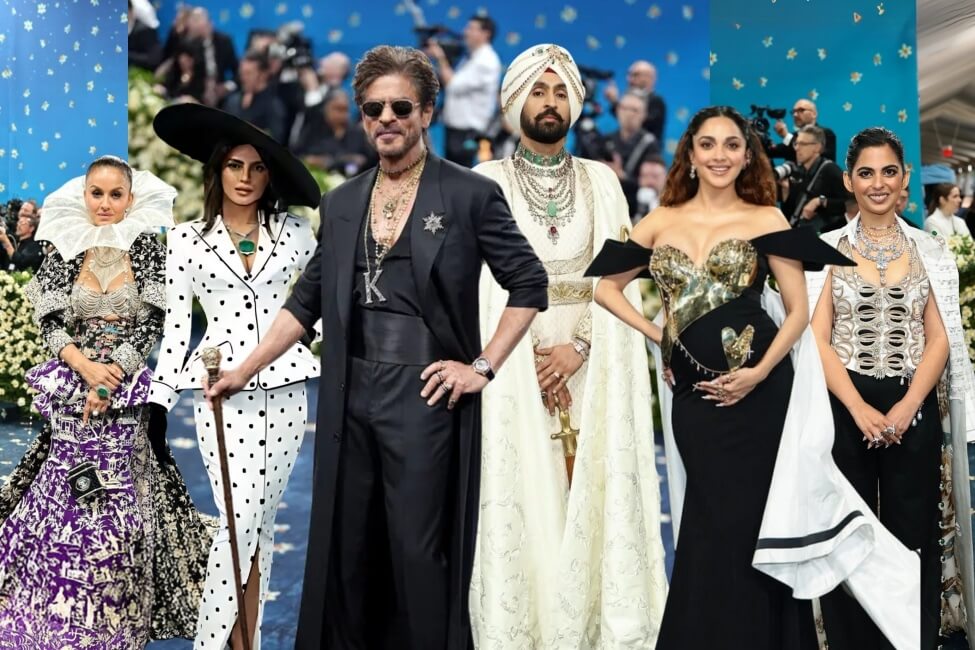Gen Z: Reshaping the Digital Landscape for Brands
Gen Z is not just another generation—they’re leading the charge in reshaping how we consume, create, and connect in the digital world. For brands and marketers, understanding Gen Z’s unique ‘content diet’ is no longer a choice; it’s an absolute necessity.
Scrolling Through Culture, Not Just Content
For most Gen Z users, scrolling on social media isn’t merely an activity—it’s a cultural exploration. Platforms like Instagram’s Explore Feed or YouTube Shorts do not just serve as a way to consume content; they offer users a curated blend of their core interests and the latest trends. Gen Z’s social media consumption goes beyond following specific accounts. Instead, they engage with a diverse mix of content tailored to their unique subcultures, whether it’s fitness, sneakers, memes, or niche topics.
What’s interesting is that even users of the same age group can experience vastly different feeds based on their interests. One user might be deep into street fashion, while another may be immersed in wellness content, reflecting their individual personalities. This calls for a shift in how brands approach digital marketing. Instead of a one-size-fits-all approach, brands need to tap into these hyper-specific niches, recognizing that diversity within the digital space is key.
Mindless Scrolling and Thoughtful Marketing
Gen Z’s scrolling habits are often influenced by time of day and mood. For instance, mealtime scrolling might lead them to engage with food-related content—be it quirky snack hacks, relatable food jokes, or funny challenges. By contrast, during nighttime, content that taps into introspection or melancholy tends to resonate more.
This presents a valuable opportunity for brands to craft content that aligns with these moods. It’s not just about knowing what’s trending; it’s about understanding the emotions behind those trends. For example, Swiggy Instamart has mastered the art of tapping into relatable moments with witty, humorous Hinglish videos. These are timely, fun, and perfectly match the mood of the moment, demonstrating how brands can stay relevant by tailoring content to their audience’s emotional state.
Gen Z: The Creator-Consumer Hybrid
What sets Gen Z apart from previous generations is their unique position as both creators and consumers of content. They don’t just passively scroll through memes—they create them. This dual role as both creator and consumer requires brands to rethink their approach.
To connect authentically with Gen Z, brands need to embrace their language—using regional dialects, slang, and self-aware humor to blend into ongoing conversations rather than standing on the sidelines. This approach fosters a deeper connection, making it feel like the brand is genuinely part of the cultural conversation.
However, it’s not just about jumping on trends early. Gen Z has a keen eye for inauthentic content and will quickly disregard anything that feels forced or out of touch. To truly engage, brands need to create short, punchy, and relatable content that feels organic and authentic.
From Aspiration to Representation
While millennials were drawn to aspirational content, Gen Z seeks representation. They are less interested in polished, idealized portrayals and more drawn to content that reflects their real, often imperfect lives. This shift in values is why meme culture has become such a powerful tool. Memes offer a collective expression of “same!”—a way to connect over shared experiences and frustrations.
For example, a fitness brand like AJIO Active can appeal to Gen Z by creating memes that humorously acknowledge things like skipping leg day or celebrating small gym victories. Adding a touch of humor and a regional flavor, such as Hinglish captions, makes the content feel even more authentic and relatable.
The Four Pillars for Brands
To successfully connect with Gen Z, brands must focus on a few key areas:
Staying Current with Trends: Engaging with trends is essential, but brands must ensure that these trends align with their voice. For example, using “sigma male edits” to creatively highlight product features can leave a lasting impression when done correctly.
Relatability: Content built around shared experiences, whether it’s office humor, exam stress, or navigating adulthood, tends to resonate strongly with Gen Z.
Representation: Gen Z craves authentic representation. They want to see diverse lifestyles, ethnicities, and experiences reflected in the content they engage with. Whether it’s body positivity, gender inclusivity, or different regional cultures, brands must show a genuine understanding of the diversity of their audience.
Relevance: Brands need to connect with Gen Z’s passions—be it street food, viral dance trends, or niche hobbies. The more specific the content, the stronger the connection.
Infinite Content, Finite Engagement
Gen Z is constantly scrolling through content, but they don’t engage with just anything. They crave infinite scrollability, but they will only engage with content that resonates with them. For brands, this means prioritizing quality over quantity. Content must be relatable, humorous, and unapologetically real. Rather than overwhelming audiences with constant posts, brands should focus on making the content they share truly impactful and aligned with their audience’s values.
Conclusion
Gen Z is not just influencing the future of content—they are the future of content. To succeed in engaging this generation, brands must stop trying to sell and start vibing. Those that understand Gen Z’s evolving tastes and adapt to their ever-changing preferences will not only survive but thrive in the digital landscape. The key to building lasting relationships with this generation is authenticity, relatability, and staying in tune with their unique needs and cultural values. The future of content is Gen Z, and brands that can tap into this will lead the way.
Video:
Author: Sonali Kamble











